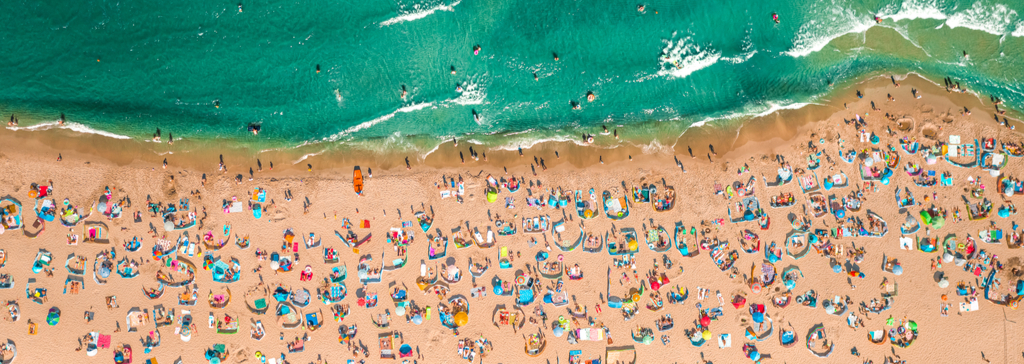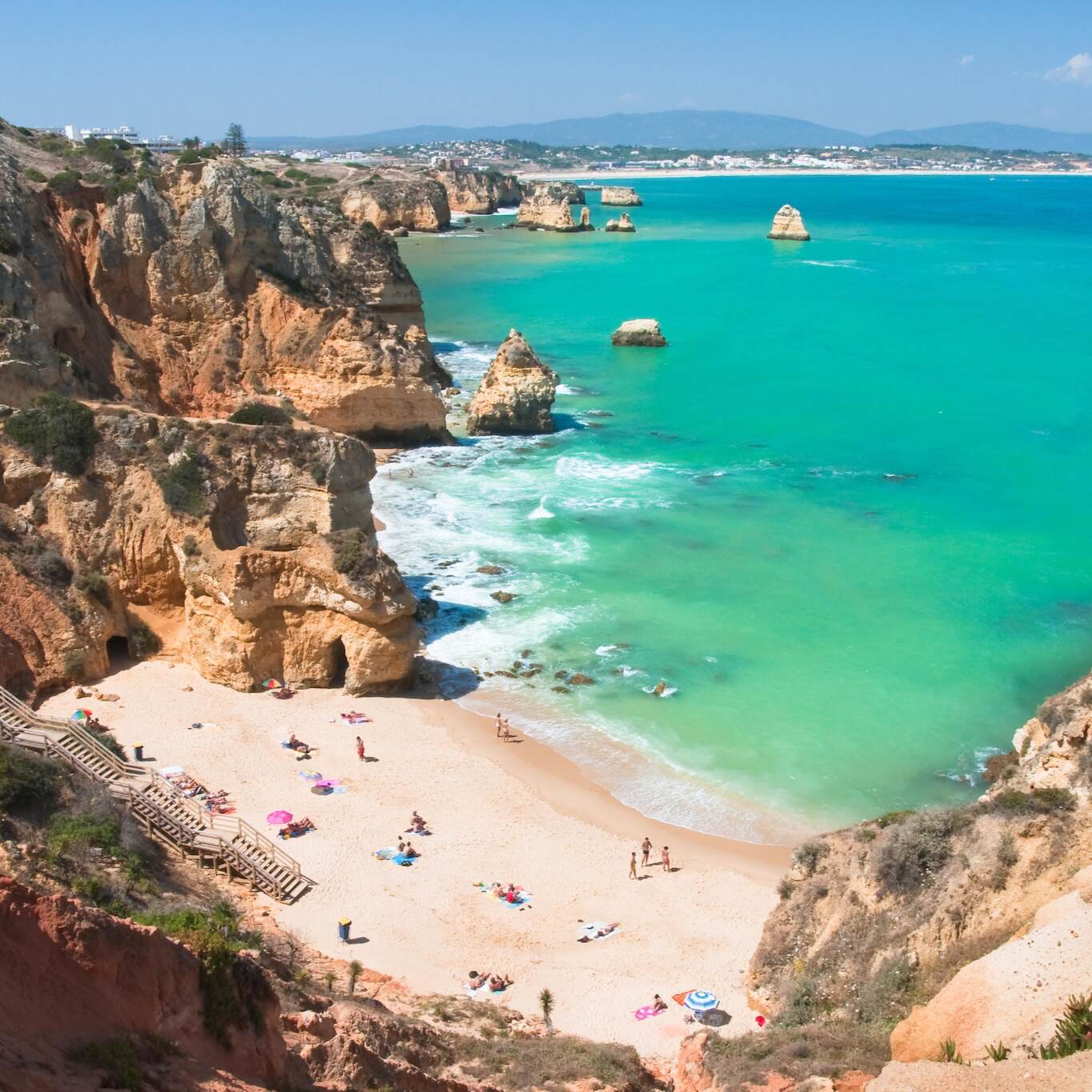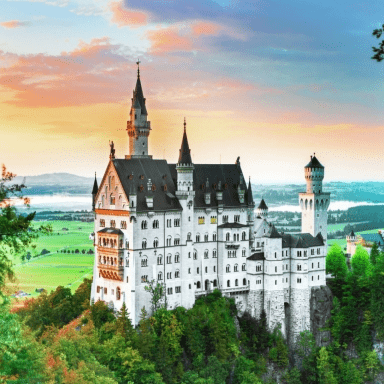
What is overtourism?
We know you care about the environment as much as we do, but travel comes with responsibilities. So it's the perfect time to tackle the topic of overtourism and find ways to disperse the crowds away from the busier hotspots of Europe.

What is overtourism?
In short, overtourism is the tipping point when too many tourists visit a particular destination to the detriment of the local population, natural resources, historical sites and wildlife.
How do you avoid it?
With some careful planning and a curious mindset, you can explore the lesser-known parts of Europe in a mindful way instead. Not only will you find undiscovered beaches and pockets of beauty, but you will also contribute far less to the adverse side effects that mass tourism can create.

Think outside the box
Everyone loves rolling into Paris, Barcelona or Rome. Still, the beauty of Interrail is that you can hop off in lesser-known destinations such as Velky Rozsutec in Slovakia or Lago Bianco in Switzerland. Not only will you enjoy breathtaking locations without the crowds, but you will also boost the local economy and experience the beating heart of the local culture.
Overtourism can lead to issues that impact people and the environment, and these damaging side effects often overshadow the potential benefits of tourism.

What are the less obvious signs of mass tourism?
When tourism becomes unsustainable, it's much worse than the long visible lines outside local attractions. It impacts more than you realise and strains the local way of life, culture, wildlife, infrastructure, quality of life, and more. Before diving into the solutions, let's first consider the harsh reality our wandering footprints can leave behind:
- Overtourism can displace local residents when house prices rise.
- It can threaten the local way of life. For example, old traditions are vanishing.
- It can lead to crowds, noise and more pickpockets.
- Mass tourism can damage the environment and endanger wildlife.
- Mass tourism compromises ancient buildings and erodes natural beauty.

What can you do to help?
We know how tempting it is to rock up in Rome for a slice of pizza (and heck, we don't blame you), but there are things you can do for a better tomorrow. Here are some tips to help you plan an itinerary that will help you reduce your impact on the planet:
- It's a no-brainer, but travel by rail with Interrail for the most flexible and versatile travel option on the market.
- Travel off-peak - in the low season. Europe tends to be busiest in the summer months from May to October, so either travel outside of peak hours or come in winter or spring to enjoy the changing colours. By travelling off-peak, you can avoid busy trains and stations.
- Go slow! Take advantage of the regional trains to reach the lesser-known destinations. Not only will you enjoy the slower pace of life, but you can also engage with the communities you visit and help boost smaller enterprises.
- Find hidden treasure! When you head to lesser-known places, you will experience travel on a whole new level. It's raw, authentic and a way to see and financially support the local way of life.
- Money matters. Do your best to support local businesses so that your money reaches the local residents. Forget about Costa Coffee and find a small bakery or coffee shop for breakfast.
- Avoid mainstream or iconic destinations. We know it's tempting to visit the Eiffel Tower or toss a coin in the Trevi Fountain, but there's much more to Europe than the standard tourist traps. Don't be afraid to go One-Stop Further on your travels to find quaint villages and pristine beaches away from the crowds.
Check out our blog
For more tips and tricks on travelling responsibly (and all other things travel related), check out our blog.
The best Pass for you
Discover Europe in a responsible way with our Interrail Passes. We can help you find the perfect Pass for your trip.
Change of currency
You cannot change the currency once you have a Pass in your cart. Remove the Pass, and then change the currency on the website header.









